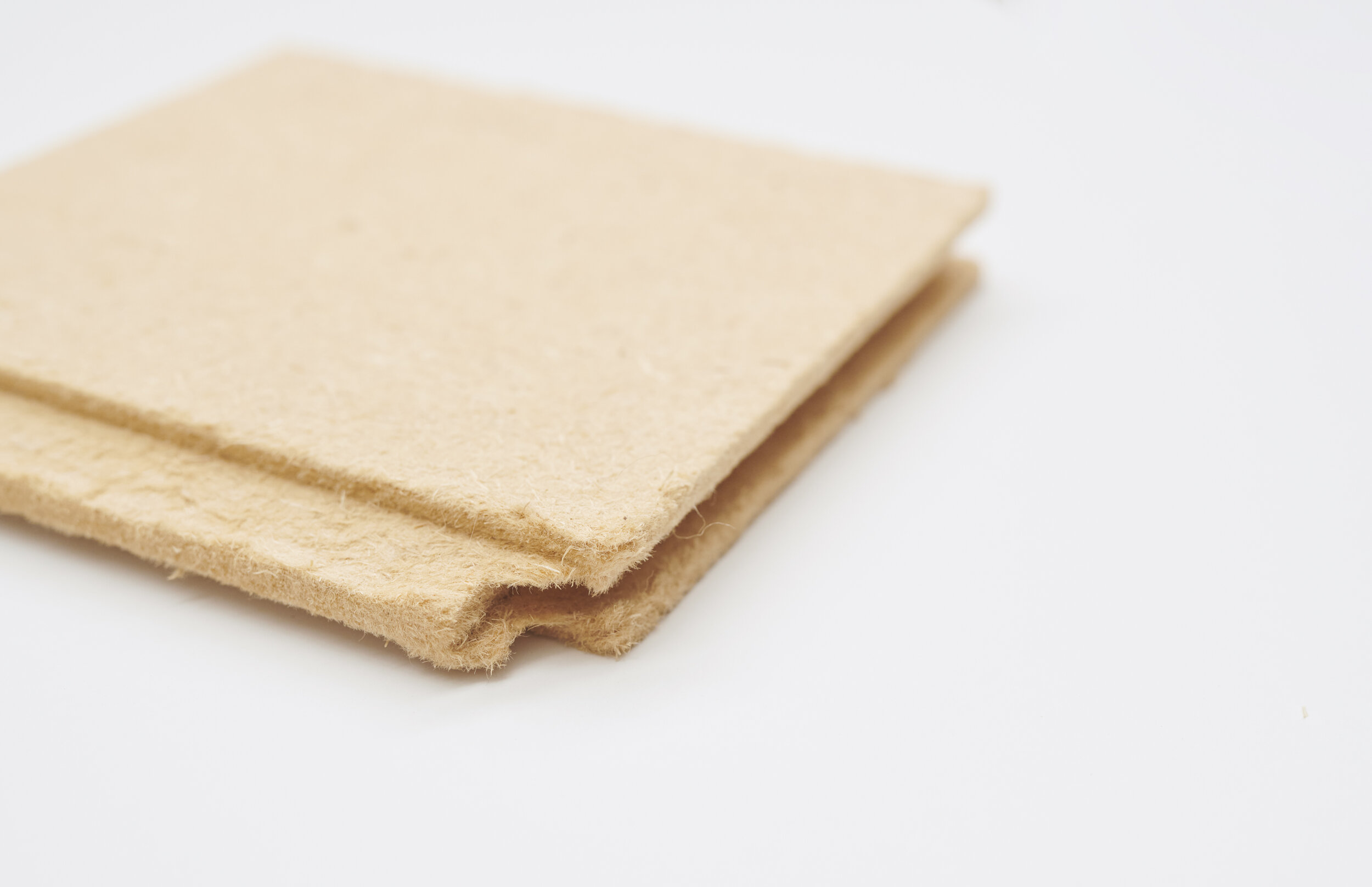Wood fiber
Wood Fiber
[Arbor]
Family
Poaceae
Height
Largest tree is 115 meters.
Location and climate
You will find trees all over the globe depending on the species.
Pollination
Mostly wind
Wood comes from trees and contains cellulose, carbon sugar, lignin and water.
Depending on the species of trees you will have different density and the density correlates with its strength. Commonly named hardwood and softwood.
Wood stores Co2 and is important for our ecosystem and climate in general.
Deforestation and forest fires create a big threat to our climate.
One of the biggest reasons for deforestation is the lack of nutrients in the tropical soil and when farmers cultivate crops, the soil is rapidly depleted forcing the farmers to cut down new forest land and make room for new fields.
Geologi explains that the wealthy population live in the areas where the ice age gave us a new nutrient layer of soil 10.000 of years ago. This was not the case in the tropical areas where it rains. It rains a lot and nutrients are washed out. So basically we import tons of livestock feed like soy from the areas with depleted soil to the areas with much more nutrient soil.
70-80% of the soy production is used for livestock feed. There are good alternatives to soy and to cultivate them locally makes good sense. Please look into Reed in this Encyclopedia.
Usage
Furniture, building and construction material, flooring, veneer, all kinds of tools, paper production, insulation (boards + pulp wood), fuel, musical instruments, sports equipment, cord, string, yarn, chip boards, kitchen counters, window frames, doors, stairs, coal, pencils, chop sticks, craft, art, coffins, boats. Sap from some trees is drinkable and edible like the maple syrup. Some of the images in this section about wood fiber comes from the Hinoki wood (Japanese Cypress) I will add much more images with different wood types eventually.
Hinoki wood cord
Wood paper cord
Hinoki wood, thin layer of veneer. Found in a Japanese kitchen store where it was sold for lunch pack wrapping.
From left: oak, oregon pine, fir and elm
From top left: Mahogany, acacia, walnut, bamboo, rubber wood, red oak and beech
Hinoki (Japanese cypress)










